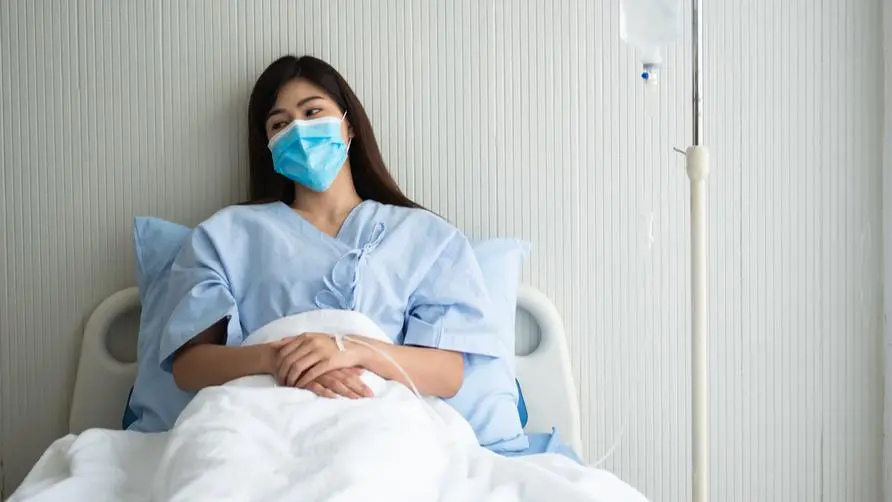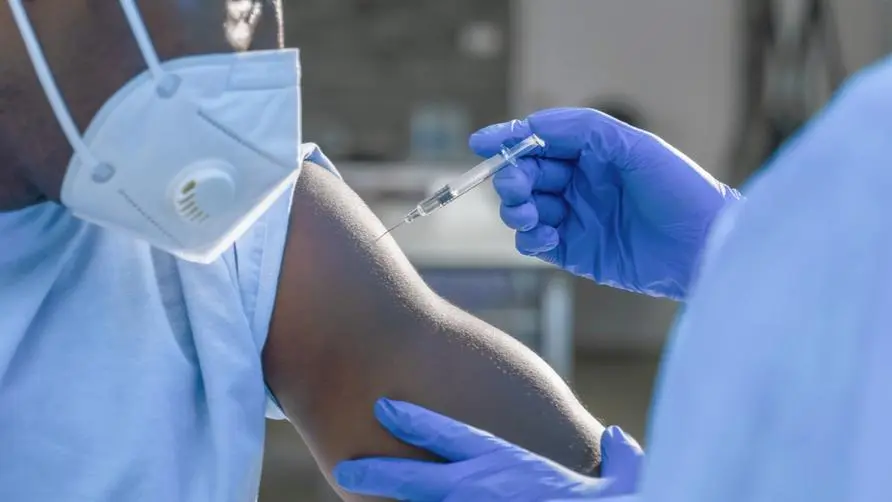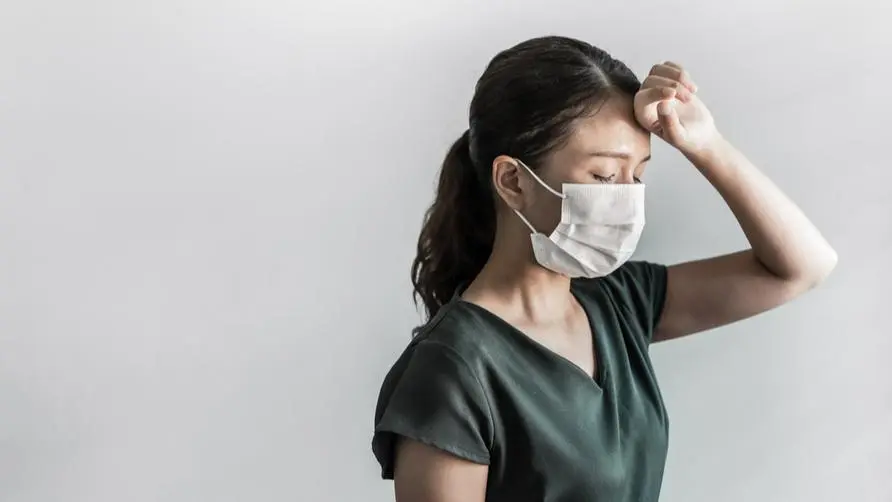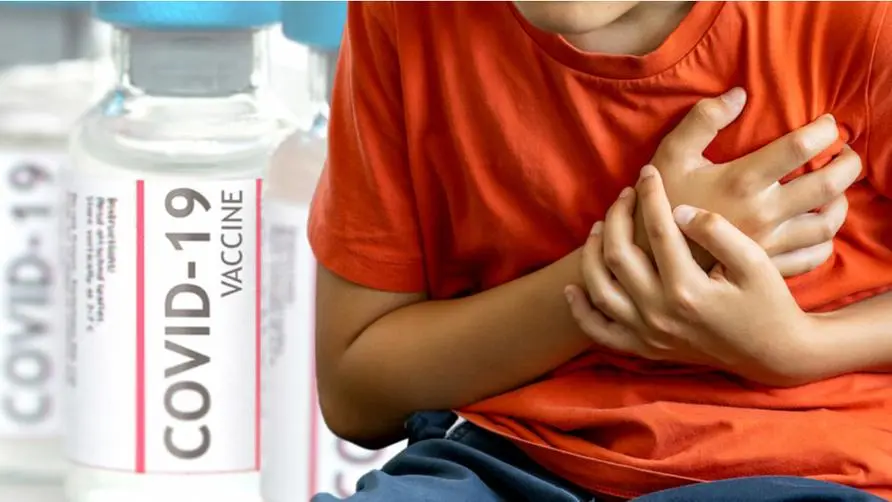After diagnosis, you are susceptible to influenza and respiratory viruses! Study: Sequelae increase risk of various complications

Even if you are lucky enough not to contract COVID-19 after being diagnosed, your body’s immune system has quietly changed? Dr. Jiang Guanyu, the attending physician of the Department of Integrated Medicine and Nursing at the Taipei City Hospital Zhongxing Branch, posted on social media that many confirmed patients abroad have been infected with influenza and respiratory fusion viruses after recovery. Some experts believe that changes in the immune system caused by the diagnosis of COVID-19 may put individuals at risk of other infectious diseases.
Half a year after recovery, the “immune balance” is disturbed and the resistance becomes worse after a “breakthrough infection”?
Dr. Jiang Guanyu said that in early 2022, an Australian study published in “BMC Medicine” pointed out that within 24 weeks of diagnosis, or about half a year, the virus will affect the immune system function of recovered patients. Compared with uninfected healthy normal people, the relative number and type of “immune cells” in people who have recovered from infection have changed; some recovered people have increased cell gene expression, while others have decreased expression, which means that the balance in their bodies has been disturbed, and at a certain time The difference is particularly striking among patients who receive rehabilitation treatment for sequelae.
In addition, Dr. Jiang Guanyu explained that similar research results in the future will also be published in “Frontiers in Immunology” and published by Michael J. Peluso’s team in California, USA at the end of August this year. Research shows that compared with subjects without sequelae, patients with COVID-19 sequelae have the following changes in their bodies:
The frequency of “CD8+ T cells” (killer T cells) expressing CD107a becomes lower.
The mechanism of interferon-γ production by “CD8+ T cells” is affected.
Dr. Jiang Guanyu said that in patients suffering from sequelae, helper T cells can still function, but the function of killer T cells gradually declines after 4 months. This theory is slightly different from the previous concept of “breakthrough infection” in the academic community to obtain better protection; on the contrary, after being diagnosed, the individual will become more vulnerable to “other concurrent diseases”.
The sequelae leave the immune system “open”! Does resistance get weaker with each diagnosis?
Another study was published in Cell Reports in August, citing the findings of a Spanish team based on the above-mentioned Australian literature. This study believes that the expression mechanism of “interferon-γ” in patients with COVID-19 sequelae is not different; instead, they show a more obvious “autoimmune disease indicator” (ANA): among symptomatic patients, ANA is positive (≥ 160 ) has a higher chance (57.1% vs. 29.3%, p=0.04).
Dr. Jiang Guanyu believes that this means that patients with sequelae may continue to experience “chronic inflammation” and “decreased autoimmunity” in their bodies after acute recovery, which means it will take longer to recover, and they may be relatively weak and vulnerable to external infections. A condition of poor resistance. “In addition to infection with other respiratory diseases, the impact of the sequelae of COVID-19 may also be related to the sudden recurrence of herpes after infection and vaccination, or poor control of viral hepatitis.”
Are monkeypox and polio likely to take advantage of the epidemic? Doctor: The biggest threat this winter is “it”!
U.S. President Biden gave a speech a few days ago, stating that the COVID-19 epidemic is over and the conditions of recovered patients have been maintained well; World Health Organization (WHO) Secretary-General Tedros Adhanom Ghebreyesus also declared that “the end of the epidemic is in sight.” Is the pandemic really coming to an end? Dr. Jiang Guanyu believes that “repeated infections” are common in various parts of the world. If each infection weakens the immune effect of T cells, it will be extremely detrimental to groups with more fragile natural immunity.
In addition, Lara Herrero, a virologist at Griffith University in Australia, also pointed out in a public article that the rise of monkeypox and polio this year may be related to the above-mentioned deterioration of public immunity, but there is still no direct evidence to confirm it. If influenza carrying “immunity debt” (a phenomenon that raises the immunity threshold of a specific group of people) becomes prevalent again, it will undoubtedly be a major threat this winter.
“Pediatricians in the United States have discovered that even if 75% of children claim to have antibodies, when they come to see a doctor for influenza or a common cold, their symptoms are usually more severe than in previous years! You still need to be relatively careful when dealing with common infectious diseases.” Dr. Jiang Guanyu reminded, The pandemic may have different aspects in the short term, such as making those diagnosed vulnerable to other diseases, or making symptoms more severe when infected with other diseases.
“We have not yet fully grasped the rhythm that can reduce the most damage. “Coexistence” or “clearance” will still be a battle for thousands of years in the future. However, pathogens will still exist, and how to prevent viruses will continue to test human value judgments!”
Source:
Immunologic phenotype of patients with long-COVID syndrome of 1-year duration
Long-term perturbation of the peripheral immune system months after SARS-CoV-2 infection
Extended reading:





